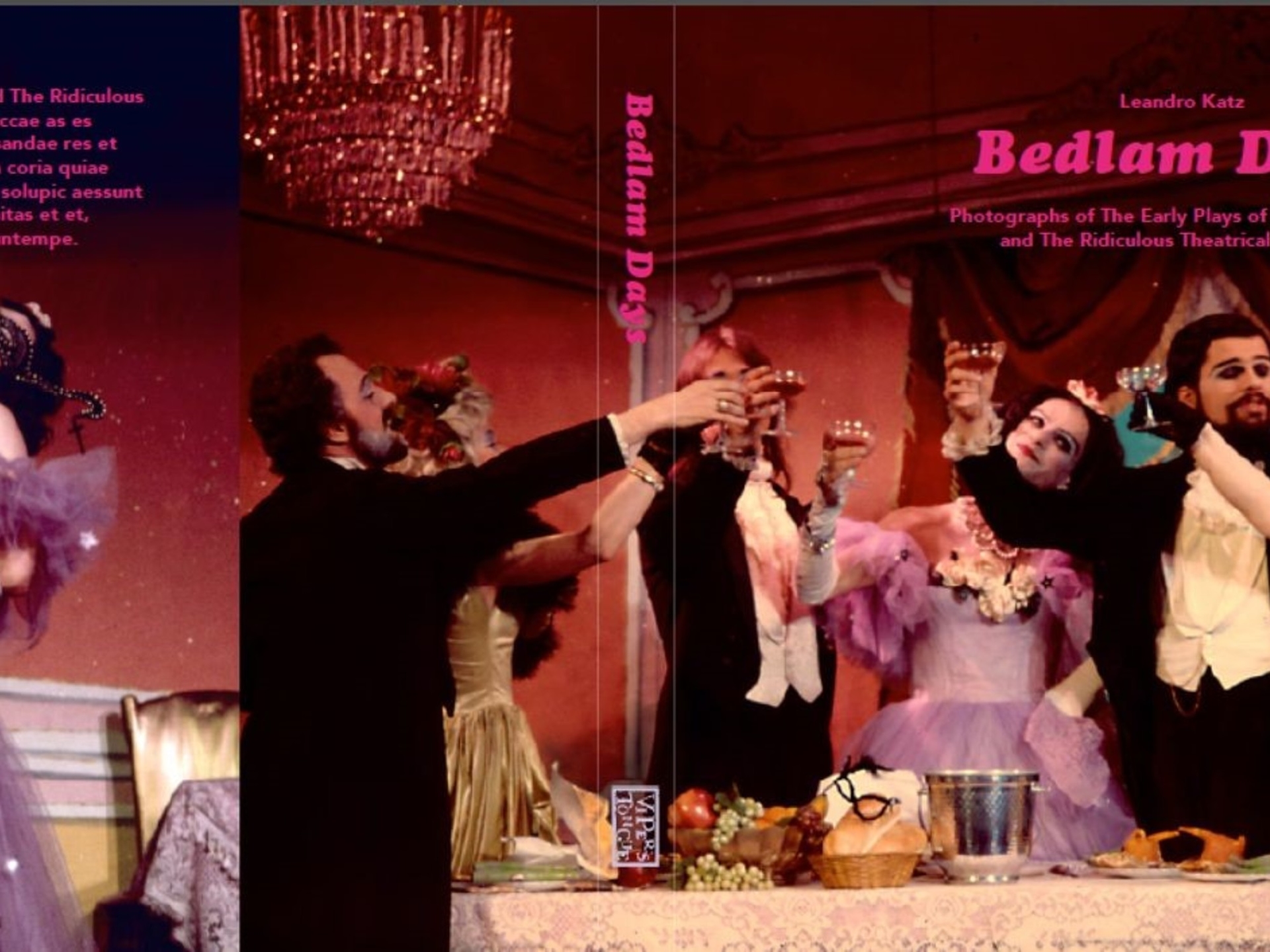Leandro Katz and the last images of an unrepeatable time

In a film that intertwines film footage and period photographs taken by Leandro Katz in the vibrant and powerful New York of the 60s and 70s, skillfully edited by Fermín Eloy Acosta , comes *Museum of the Night *, an exercise in countercultural experimentation. Acosta, also a writer, in his first solo documentary plays with different time periods, using the cinematic technique of filming Katz's present-day life in his Buenos Aires studio-home with the same visual interferences.
The scenes weave together a story based on the footage Leandro took as a witness and participant in the Ridiculous Theatrical Company, founded by playwright, actor, and director Charles Ludlam (1943-1987), considered the most prolific and eccentric artist of avant-garde theater and an American Molière. The delirious atmosphere of those plays in marginal theaters is interwoven with film footage of the city, shot by Katz in a dynamic time-lapse, which follows the first-person narrative.
 The artist Leandro Katz during the screening of "Museum of the Night".
The artist Leandro Katz during the screening of "Museum of the Night".“A special attraction to the past, to the people who are the last witnesses of a disappearing era , worlds that no longer exist, like that queer scene of the late 60s in New York that I recount in this film.” This is how Acosta defines the satisfaction of constructing these memories in the combination of archives, photographs, film and video.
Katz himself had shown this material in the exhibition Bedlam Days , curated by Laura Buccellato in 2003 at the Museum of Modern Art . There he had recounted, in a unique way, his encounter with Ludlam and his troupe: “ Turds in Hell was playing in a theater at the end of 42nd Street, near the Hudson River and in the heart of Hell’s Kitchen, the most dangerous area of Manhattan . The venue was actually a porn theater by day, and Charles Ludlam had managed to rent it for very little money to stage his show. The midnight performances had already acquired a clandestine reputation, and the shows seemed more like pagan masses than theatrical events.”
 Image from the film.
Image from the film.Bill Vehr and Charles Ludlam's play, staged in 1968, featured characters like Carla the Gypsy , played by Warhol's star Mario Montez , who finds an abandoned baby on a mountaintop. With a Puerto Rican accent, she admires a large penis while mysterious hands scatter Ivory Flakes soap like snow. She then encounters Baron Bubbles in the Bathtub, Saint Repulsive, Saint Frigid, the Angel Gaybriel, the Devil, the Pope, the Sex-Maniac Retarded Hunchback, Turtle Woman, Saints, Monks, and Whores, who, in another scene set during a nighttime storm at sea, are drenched by buckets of water like gigantic waves crashing over the deck. The finale begins with an aquatic ballet in which burly dancers in pointe shoes and wearing tutus and tiaras perform a stunning scene from Swan Lake on a stage that, after soap and water, has become extremely slippery.
Part of this description can be seen reflected in some of the documentary's passages or narrated by the artist's voice-over, interspersed with footage of Katz at home in front of his computer. The atmosphere is further solidified with segments of the interviews he recorded with the survivors of this period , who, upon looking at his photographic records, realize that these are perhaps the only images that remain.
 The projection on the ArtHaus terrace.
The projection on the ArtHaus terrace.The use of a low-light camera effect to make it appear grainier reinforces the idea of a memory narrating its story , very effectively, alongside jazz notes and music composed by Catriel Nievas.
Presented at the 27th Thessaloniki International Documentary Film Festival in 2025 , it won an award in the Film Forward International section, and has just received a special jury mention at the Archivio Aperto Festival in Bologna.
“I firmly believe in the power of collecting fragments of history, of working archaeologically and patiently with those materials and archives, and of weaving a testimony that is not only that of Leandro Katz , but also that of a large group of artists,” adds the author, who refers to it as “a complex research project.”
During the spring, artists, filmmakers, and friends enjoy screenings on the ArtHaus terrace. On occasion, Leandro Katz shared his thoughts on this documentary, which, as he himself noted, features him as both subject and object , to capture a time perhaps as unique as it is unrepeatable.
Clarin





